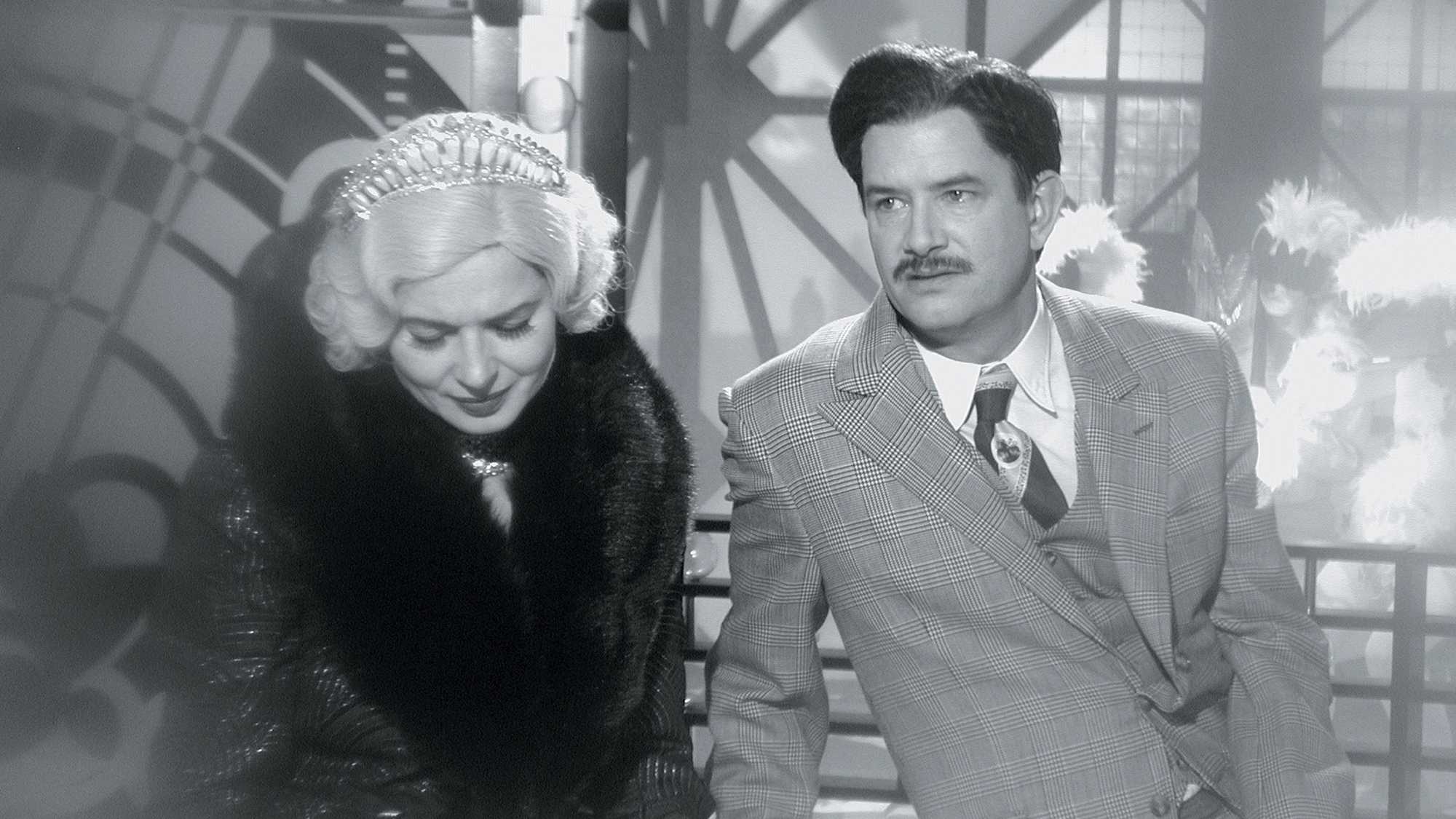
The Saddest Music in the World is… the weirdest, freest-wheeling, most obsessively inventive motion picture you’ll see this year.
Screened as part of NZIFF 2004
The Saddest Music in the World 2003
Figuring that the sadder people get, the more beer they’ll drink, a legless (literally) brewery baroness (Isabella Rossellini) challenges the musicians of the world to vie for a prize for the unhappiest music. African drum troupes, Mexican mariachis, Siamese singers, Scottish bagpipers, Serbian cellists – all will square off in staged dirge-athons until all but one is eliminated. It’s Depression-era Winnipeg, and among the hordes responding to her call, and complicating her nasty game, is failed Broadway impresario Chester Kent. He’s determined to make the show over, to present ‘sadness, but with sass and pizzazz’. Comedian Mark McKinney is hilarious as this can-do, fake-American showbiz guy, with a box office till for a heart. Maria de Medeiros is picture-perfect as Narcissa, his companion, a sex-crazed vamp with amnesia. The whole insane extravaganza is based on a screenplay by Kazuo Ishiguro, and directed, as if he’s Busby Berkeley on (black and white) psychedelics, by Canada’s maestro of mustiness, Guy Maddin. It’s Maddin’s most expensive and most popular film to date, and the perfect entrée to his bizarre, old-movie universe for newcomers. Fans of his earlier Careful, Dracula and Heart of the World will not be disappointed.
“From the talking tapeworm at the beginning to the Eskimo production number at the end, Saddest Music is the most enthralling 1933 musical made in 2003. In a movie age when there’s hardly a garde, let alone an avant-garde, Maddin proves there are many languages to cinema, including the dead one of antique film. And in that language, he sings, he soars.” — Richard Corliss, Time Magazine